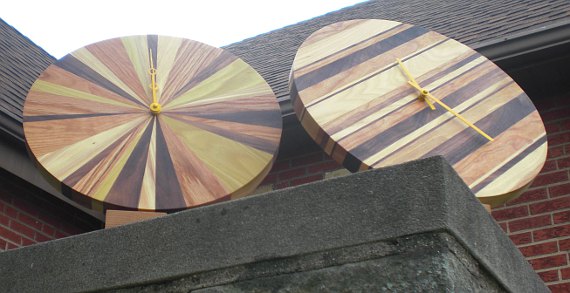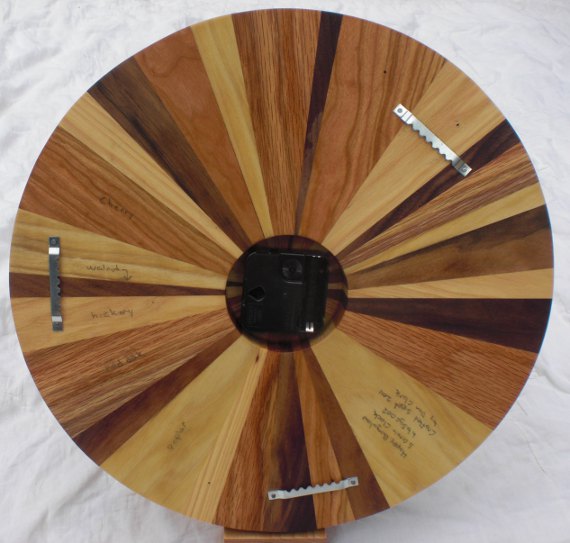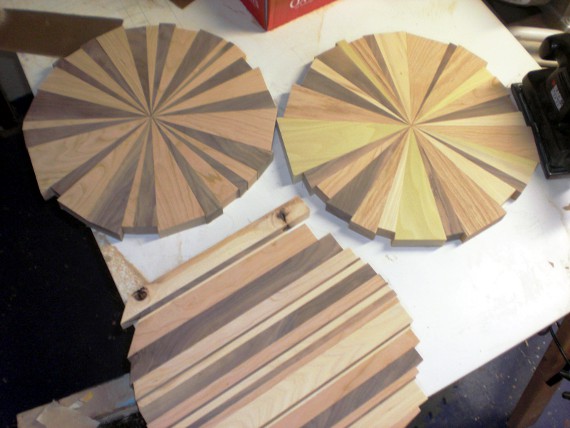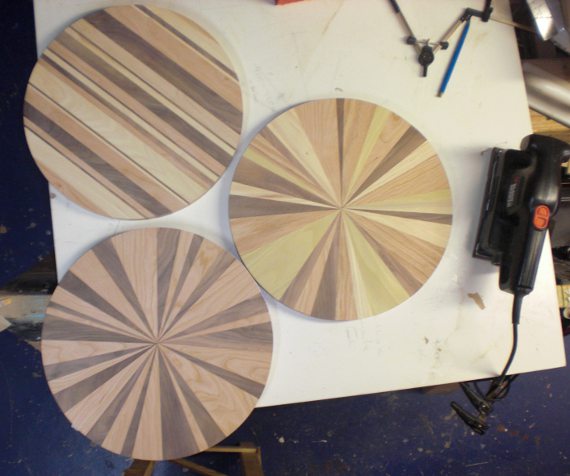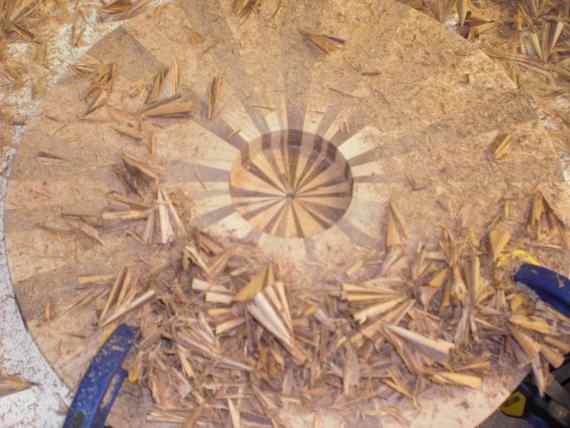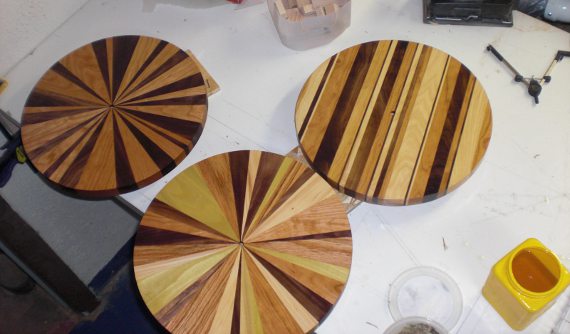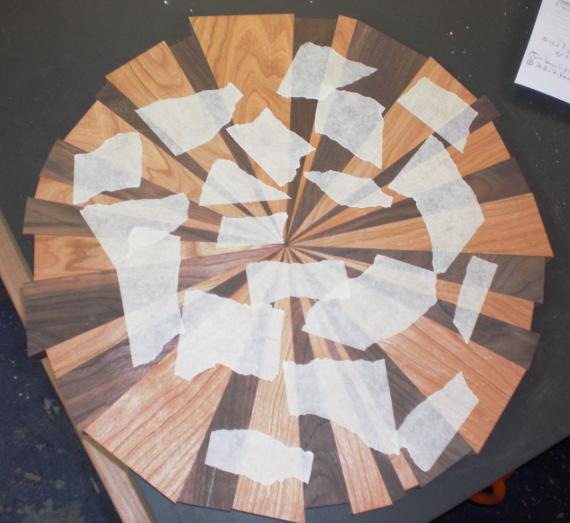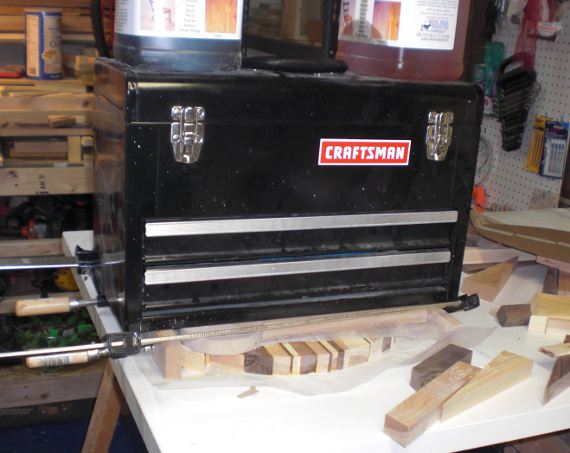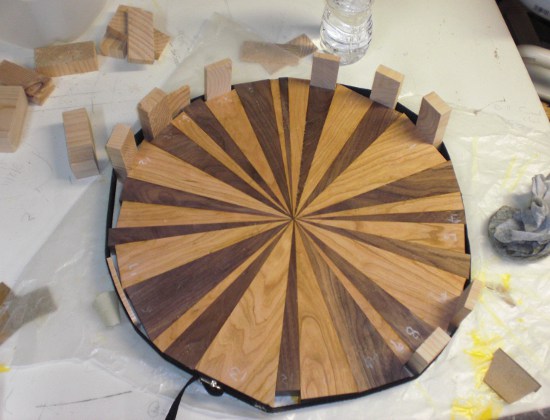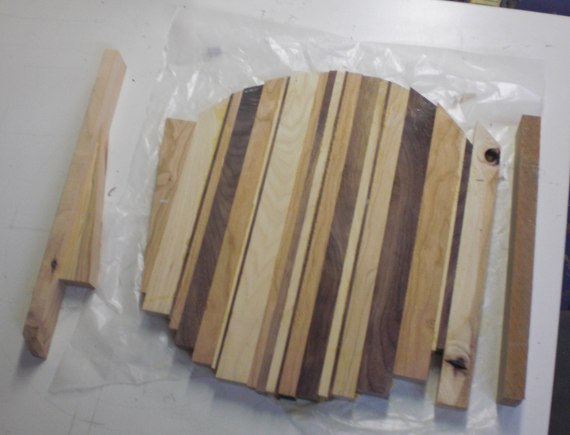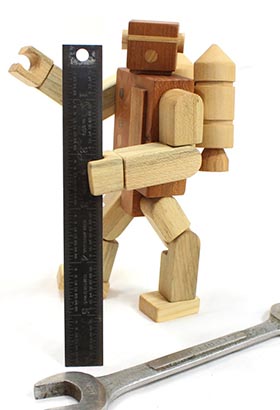Wood Clocks Process #4 – Finished Product
Missed the creation of the clocks? Read part one, part two, and part three.
Hooray! The hardwood clocks are finished (get it? finished?), their dials have been painted, the movements installed, and the hangers hung. Shown below is a strip clock (I’m open to catchier names) and the oh-so-cleverly named five grain clock (five different types of wood). None of the wood was stained – the colors you see are natural.
A closer look at the five grain clock. The darkest wood is walnut and the lightest is hickory. The greenish wood is poplar. The reddish wood with the wavier grain is cherry, and the reddish wood with the tighter grain is red oak. The dials are metal and hand painted with yellow enamel paint.
The strip clock only has three woods. The dark is walnut and the lightest is hickory. Cherry is the friendly red. Once again, the dials were hand painted yellow.
Below is the rear of the five grain clock. Each clock has three separate hangers so you can mix up the position of the clock. Of course after I attached the hangers I discovered you can’t willy-nilly put on the hangers – Twelve O’clock doesn’t coordinate with any position. After some dial spinning and head scratching I figured it out and repositioned two of the hangers. Oops (these clocks will have a discount in the etsy shop).
All of the woods are labeled on the back – no need to be a wood expert to impress your friends. “Yes, this is cherry, and that is hickory.” The clock crafted date and signature is listed as well.
http://happybungalow.com/blog/2011/09/22/wood-clocks-process-3/

